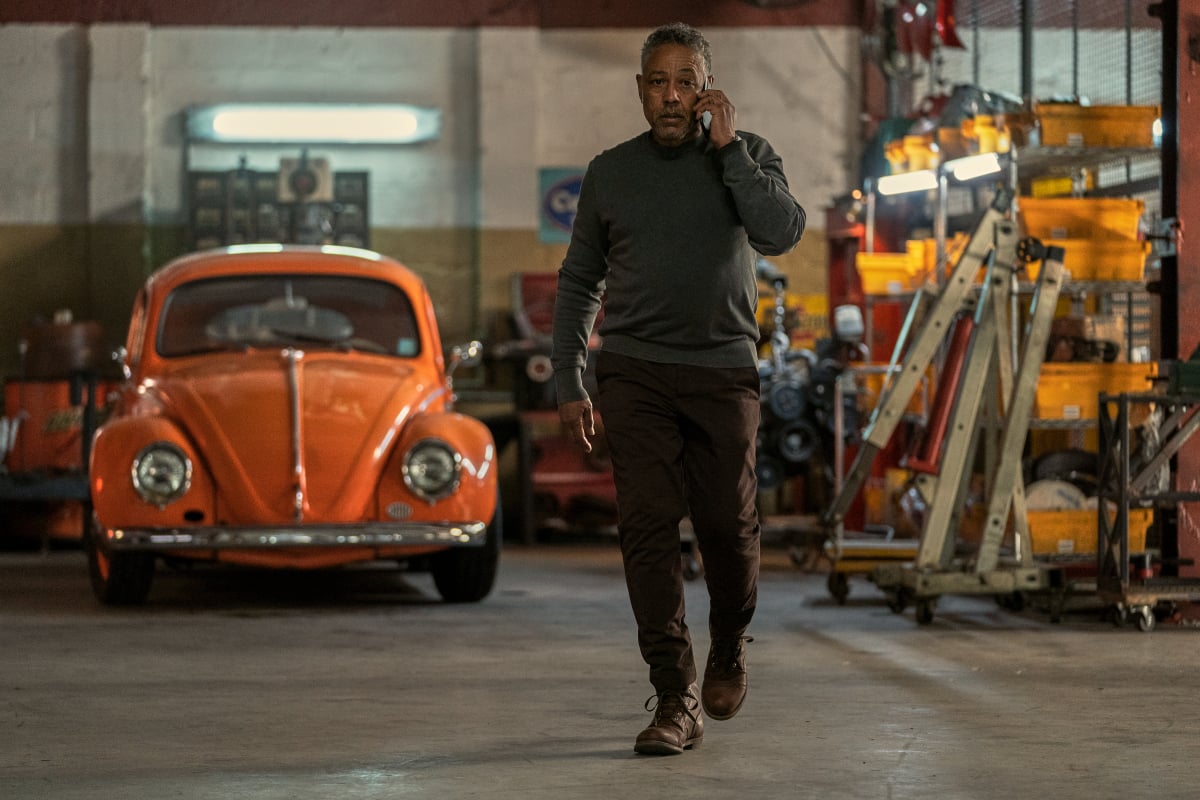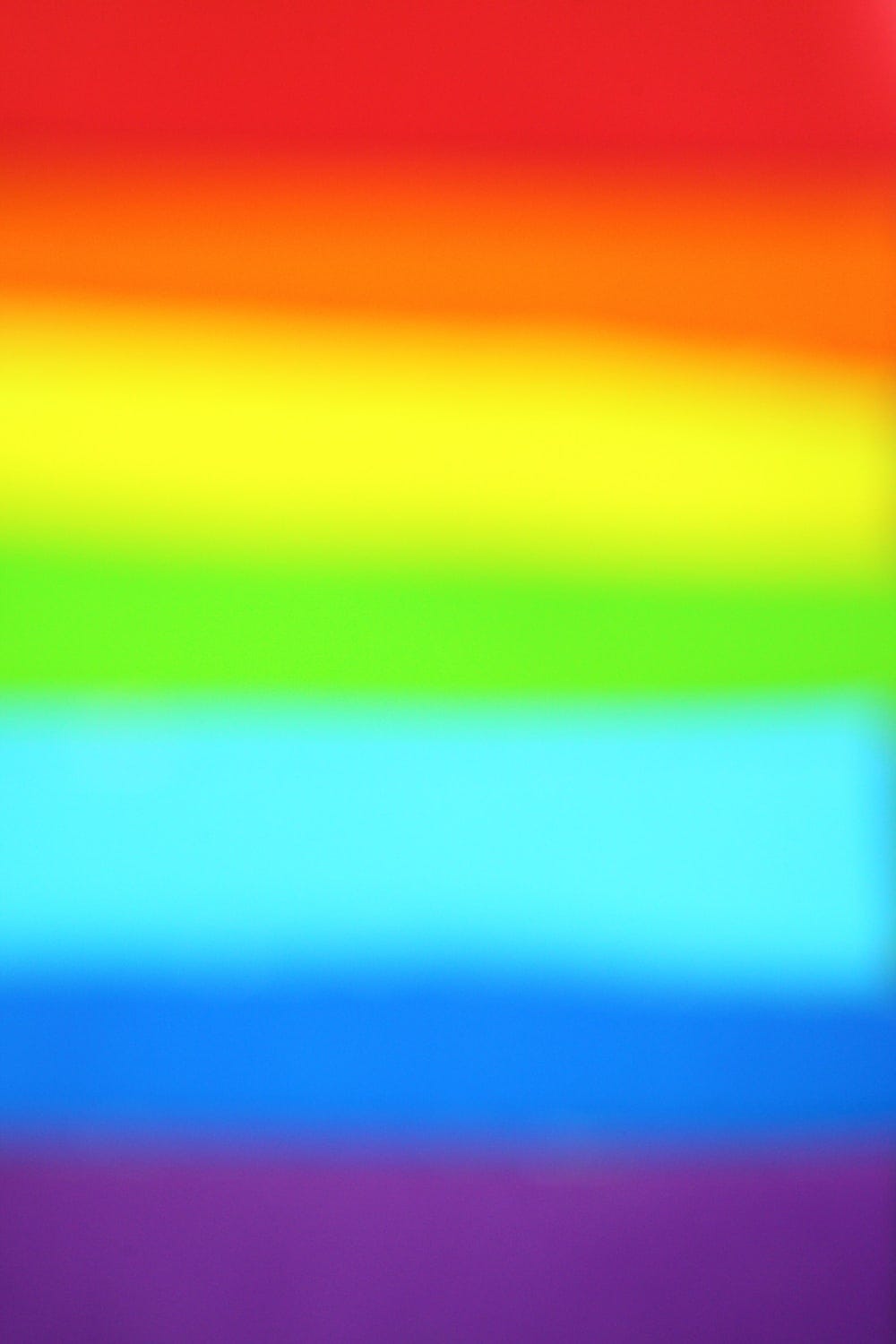A Kaleidoscope of Screens: Exploring the Vibrant World of Colour in Tv Exhibits
Associated Articles: A Kaleidoscope of Screens: Exploring the Vibrant World of Colour in Tv Exhibits
Introduction
On this auspicious event, we’re delighted to delve into the intriguing matter associated to A Kaleidoscope of Screens: Exploring the Vibrant World of Colour in Tv Exhibits. Let’s weave attention-grabbing data and supply contemporary views to the readers.
Desk of Content material
A Kaleidoscope of Screens: Exploring the Vibrant World of Colour in Tv Exhibits

Tv, a medium as soon as restricted by the constraints of black and white, now explodes with shade. From the refined hues that evoke emotion to the daring palettes that outline a style, shade performs an important function in shaping our viewing expertise. This text delves into the multifaceted relationship between shade and tv, exploring how totally different exhibits make the most of shade palettes to ascertain ambiance, character, and narrative. We’ll look at particular examples, starting from the colourful realism of nature documentaries to the stylized worlds of fantasy and animation.
The Psychology of Colour on Display screen:
Earlier than analyzing particular exhibits, it is essential to know the psychological impression of shade. Colour idea is not nearly aesthetics; it is about evoking particular emotional responses. Heat colours like reds, oranges, and yellows usually convey power, ardour, pleasure, and even anger and hazard. Cool colours similar to blues, greens, and purples usually recommend calmness, serenity, disappointment, or thriller. These associations, nevertheless, aren’t absolute and will be manipulated and subverted by expert filmmakers and showrunners.
As an illustration, a predominantly pink scene would possibly initially recommend hazard, but when the pink is a heat, muted crimson utilized in a romantic setting, it may as an alternative signify ardour and intimacy. Equally, a blue-toned scene may symbolize melancholy, however a vibrant, electrical blue would possibly symbolize hope or futuristic know-how. The context, lighting, and saturation all contribute to the ultimate interpretation.
Colour as a Narrative Device:
Many exhibits use shade as a story gadget, subtly guiding the viewer’s understanding of the plot and characters. Take into account using shade in crime dramas. Darkish, desaturated colours usually dominate scenes of investigation or suspense, reflecting the grim realities of the case. Conversely, brighter colours would possibly seem in flashbacks or moments of hope, creating a visible distinction that emphasizes the shift in tone.
Equally, in fantasy and science fiction exhibits, shade palettes are sometimes meticulously crafted to ascertain the distinctive aesthetic of every world. The colourful, virtually hyper-realistic colours of exhibits like "Recreation of Thrones" (initially, earlier than the later seasons’ darker flip) set up a way of grandeur and fantasy, whereas the muted, metallic tones of "Blade Runner 2049" create a sense of dystopian decay and technological alienation.
Case Research: Colour in Particular Exhibits:
Let’s look at some particular examples as an example the facility of shade in tv:
-
Breaking Unhealthy: The present’s preliminary shade palette is comparatively muted, reflecting Walter White’s preliminary sense of normalcy and confinement. As he descends into the world of meth manufacturing, the colours turn into more and more vibrant and saturated, mirroring his rising energy and ethical decay. The shift from beige and muted greens to harsh blues and intense oranges visually represents his transformation.
-
Stranger Issues: The present masterfully makes use of a nostalgic Nineteen Eighties shade palette, using heat tones and vibrant hues to evoke a way of childhood surprise and journey. Nonetheless, the darker, cooler tones utilized in scenes depicting the Upside Down create a stark distinction, highlighting the sinister risk lurking beneath the floor. The juxtaposition of those palettes enhances the present’s general ambiance of thriller and suspense.
-
Westworld: The present’s use of shade is intricate and layered. The colourful, saturated colours of the Westworld park create a way of synthetic paradise, masking the underlying darkness and violence. The distinction with the muted, desaturated colours of the "actual world" emphasizes the phantasm and the stark actuality of the hosts’ predicament.
-
The Crown: This historic drama makes use of shade to ascertain interval accuracy and to subtly replicate the emotional state of the characters. The muted, considerably restrained shade palette of the early seasons mirrors the formality and constraints of the period, whereas later seasons introduce extra vibrant hues because the characters navigate rising social and political upheaval.
-
Atlanta: This present makes use of shade in a extra experimental and stylistic manner. The colour palette usually shifts dramatically from scene to scene, reflecting the surreal and dreamlike high quality of the narrative. The usage of daring, sudden shade mixtures provides to the present’s distinctive visible id and contributes to its general sense of disorientation and unease.
-
BoJack Horseman: This animated present employs a classy use of shade to replicate the emotional state of its characters. The brilliant, virtually garish colours of the early seasons distinction sharply with the more and more muted and desaturated palette of later seasons, visually mirroring BoJack’s descent into melancholy and self-destruction.
-
Mad Males: The present’s shade palette is rigorously curated to replicate the period’s aesthetic and the characters’ lives. The muted tones and wealthy earth colours of the Sixties are used successfully to create a way of nostalgia and class, whereas particular shade selections can spotlight the anxieties and underlying tensions of the characters.
Colour Grading and Cinematography:
The impression of shade shouldn’t be solely decided by the set design and costumes. Colour grading, the post-production technique of adjusting the colour and tone of the footage, performs an important function in shaping the ultimate look of a present. Completely different shade grading methods can create drastically totally different moods and atmospheres. A present with a excessive distinction, extremely saturated shade grade would possibly really feel intense and dramatic, whereas a present with a low distinction, desaturated grade would possibly really feel melancholic or reasonable.
Cinematography, the artwork of filmmaking by means of digital camera work, additionally considerably impacts how shade is perceived. Lighting, digital camera angles, and depth of area all affect the viewer’s expertise of shade. A brightly lit scene will seem totally different from a dimly lit scene, even when the colours themselves stay the identical.
Past Realism: Animation and Stylization:
The usage of shade in animation and stylized exhibits is commonly much more expressive and experimental. Animated exhibits can make the most of shade in methods which are unattainable in live-action, creating visually beautiful and emotionally resonant worlds. The colourful, virtually psychedelic shade palettes of exhibits like "Journey Time" or the expressive shade selections in "Steven Universe" are examples of how animation can push the boundaries of visible storytelling.
Conclusion:
Colour shouldn’t be merely an ornamental component in tv; it is a highly effective narrative software that may improve storytelling, evoke emotion, and create memorable visible experiences. From the refined shifts in hue that replicate character improvement to the daring palettes that outline a present’s aesthetic, shade performs an important function in shaping our understanding and pleasure of tv. By taking note of the deliberate selections made by filmmakers and showrunners, we will acquire a deeper appreciation for the artistry and complexity of the visible language of tv. The following time you watch your favourite present, take a second to think about the function of shade – you could be stunned by the depth and nuance you uncover.








Closure
Thus, we hope this text has supplied precious insights into A Kaleidoscope of Screens: Exploring the Vibrant World of Colour in Tv Exhibits. We hope you discover this text informative and helpful. See you in our subsequent article!